10 Best Herbal Creams For Ear Infection
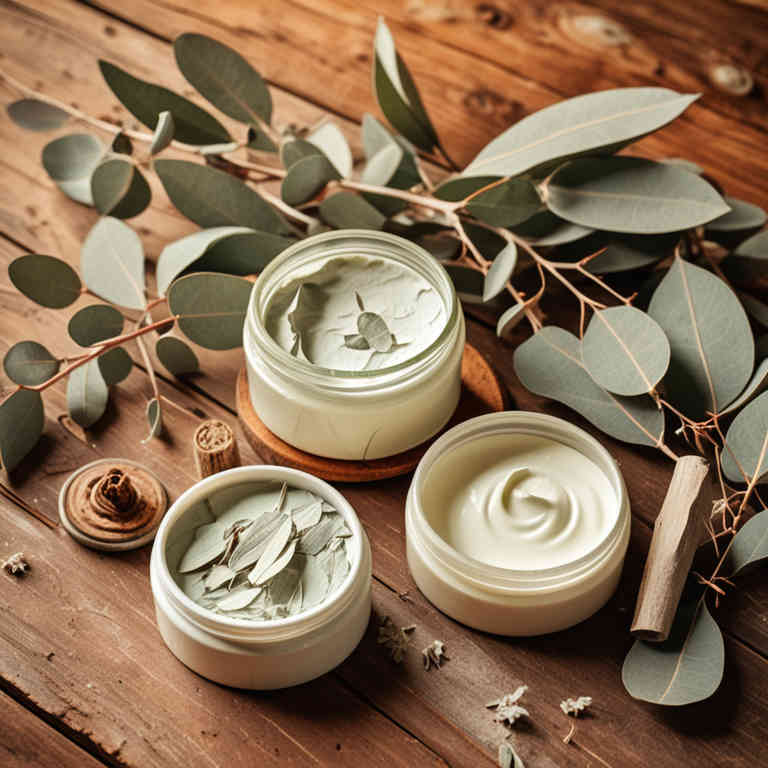
Herbal creams for ear infections are natural topical treatments that may help alleviate symptoms such as pain and inflammation.
These creams often contain ingredients like garlic, eucalyptus, or tea tree oil, which are believed to have antimicrobial and anti-inflammatory properties. While they can provide some relief, they are not a substitute for medical treatment, especially for bacterial infections that may require antibiotics. It is important to consult a healthcare professional before using herbal creams, as improper application could worsen the condition or lead to complications.
Overall, herbal creams may be a complementary option for managing mild ear discomfort, but they should be used with caution and under professional guidance.
FREE Herb Drying Checklist
How to make sure every batch retains maximum flavor, color, and aroma without the risk of mold or over-drying. Eliminate guesswork and trial-and-error, making herb drying faster, easier, and more efficient every time.
Table of Contents
1. Hypericum perforatum
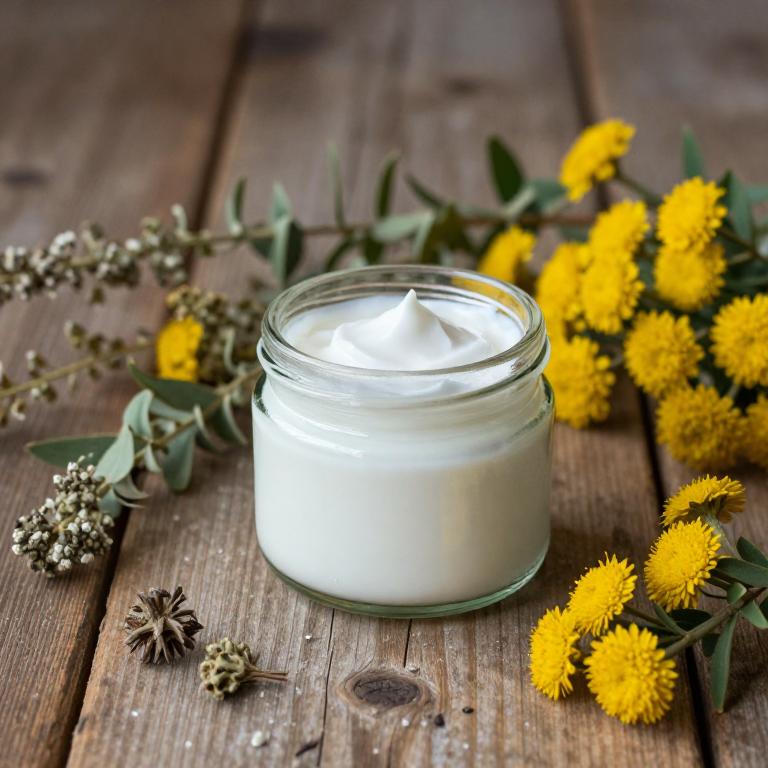
Hypericum perforatum, commonly known as St. John's Wort, is a herbal remedy that has been traditionally used for its anti-inflammatory and antimicrobial properties.
While it is more commonly associated with treating mild depression, some studies suggest it may also have potential in reducing inflammation and fighting infections, including those affecting the ears. Hypericum perforatum herbal creams are often applied topically to the affected area to help alleviate symptoms such as redness, swelling, and discomfort associated with ear infections. However, it is important to note that these creams are not a substitute for medical treatment, especially for bacterial or severe infections, and should be used under the guidance of a healthcare professional.
Always consult a doctor before using any herbal remedy, as it may interact with other medications or have side effects.
2. Zingiber officinale
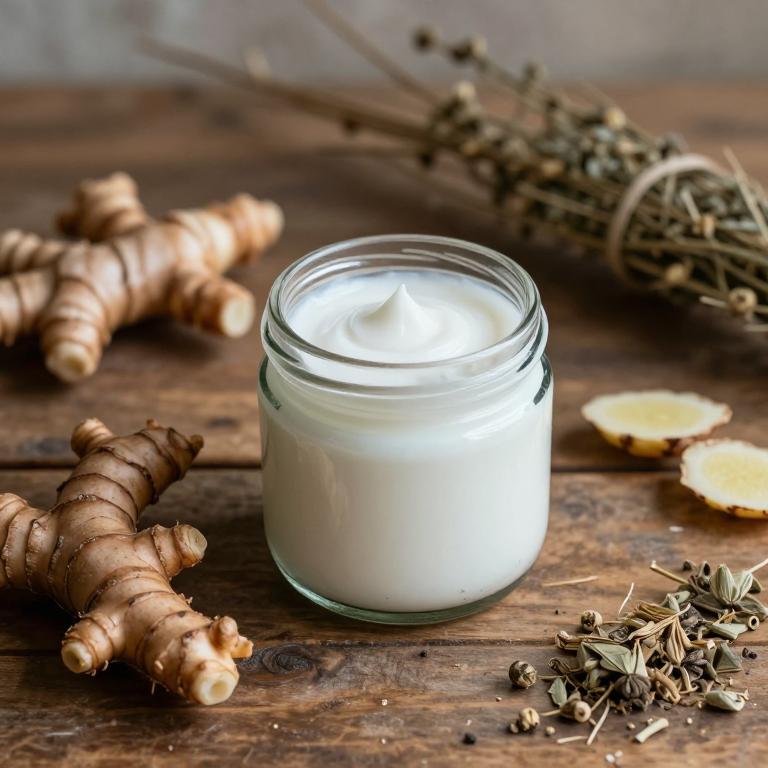
Zingiber officinale, commonly known as ginger, has been traditionally used for its anti-inflammatory and antimicrobial properties, making it a potential natural remedy for ear infections.
Herbal creams containing zingiber officinale may help reduce inflammation and soothe the discomfort associated with outer ear infections, such as swimmer's ear. These creams are often preferred by individuals seeking alternative or complementary treatments to conventional medications. However, it is important to consult a healthcare professional before using ginger-based products, especially if the infection is severe or persists.
While some studies suggest ginger's efficacy in reducing inflammation, more clinical research is needed to confirm its effectiveness for treating ear infections.
3. Allium sativum
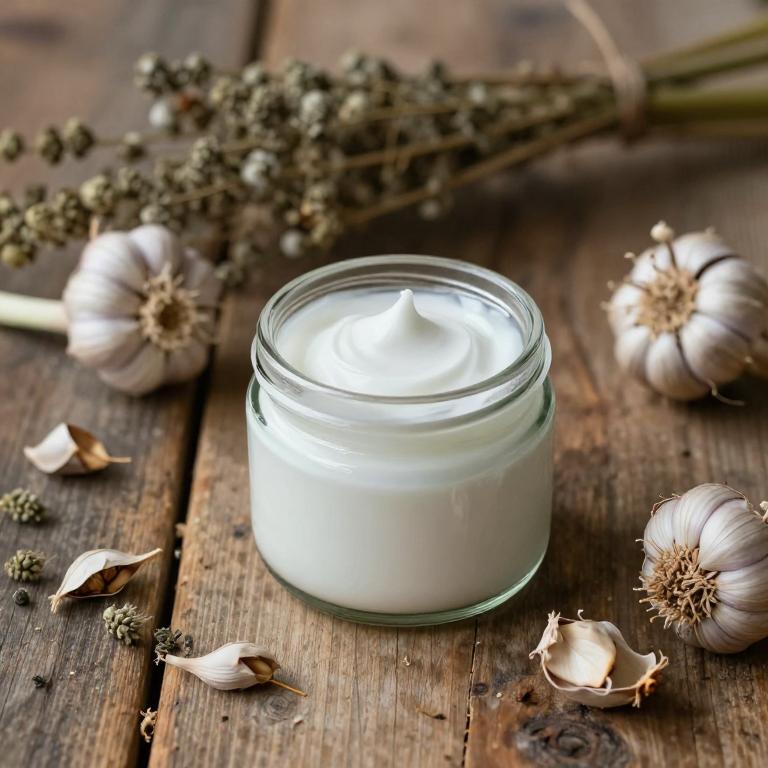
Allium sativum, commonly known as garlic, has been traditionally used for its antimicrobial and anti-inflammatory properties, and some herbal creams containing garlic extract are being explored for their potential in treating ear infections.
These creams may help reduce bacterial or fungal growth in the ear canal, which is often a contributing factor to infections. However, it is important to note that while garlic has shown promise in preliminary studies, its effectiveness for ear infections has not been fully validated by large-scale clinical trials. The application of garlic-based creams should be done with caution, as they may cause irritation or allergic reactions in some individuals.
As with any herbal remedy, it is advisable to consult a healthcare professional before using garlic creams for ear infections, especially if symptoms persist or worsen.
4. Achillea millefolium
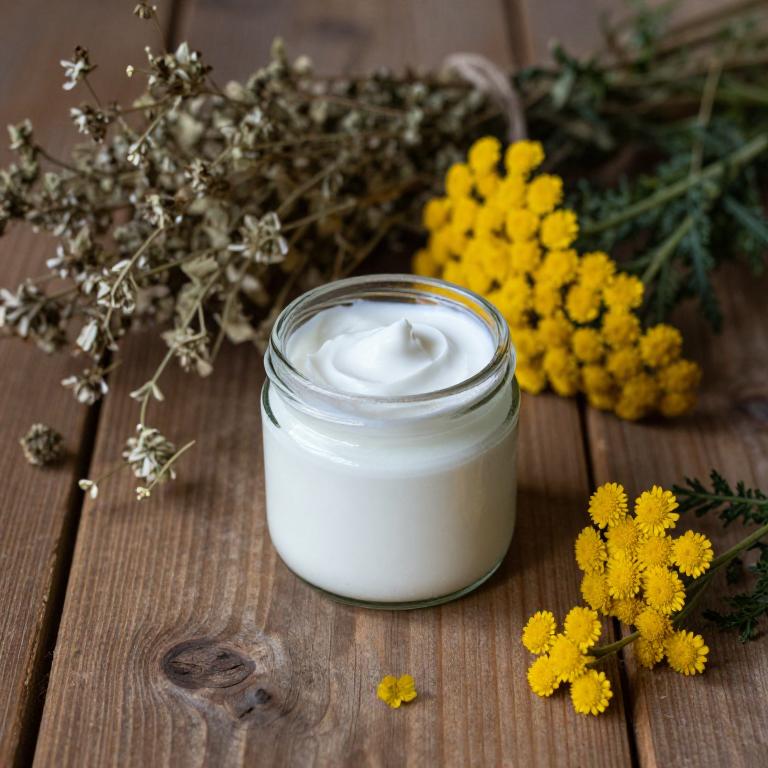
Achillea millefolium, commonly known as yarrow, has been traditionally used for its anti-inflammatory and antimicrobial properties, making it a potential ingredient in herbal creams for treating ear infections.
These creams may help reduce swelling and soothe irritation in the ear canal, offering a natural alternative to conventional treatments. When applied externally, the essential oils and extracts from yarrow can provide relief from symptoms such as pain and redness associated with otitis. However, it is important to consult a healthcare professional before using such creams, especially if the infection is severe or persistent.
While some preliminary studies suggest promising results, more clinical research is needed to fully understand the efficacy and safety of yarrow-based herbal creams for ear infections.
5. Echinacea purpurea
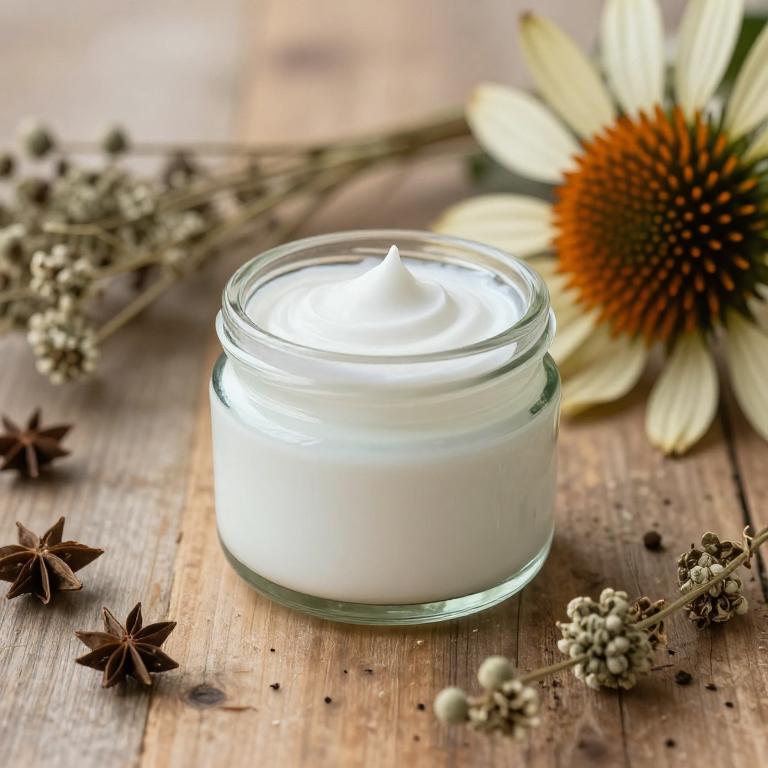
Echinacea purpurea, commonly known as purple coneflower, is a popular herbal remedy often used to support immune function and reduce inflammation.
Some herbal creams containing echinacea purpurea are marketed for their potential to alleviate symptoms of ear infections by promoting healing and reducing discomfort. These creams typically combine echinacea extract with other natural ingredients such as calendula or tea tree oil, which are believed to have antimicrobial and soothing properties. While some studies suggest echinacea may help shorten the duration of colds, its effectiveness for ear infections remains inconclusive and requires further scientific validation.
As with any topical treatment, it is advisable to consult a healthcare professional before using echinacea-based creams, especially for children or individuals with sensitive skin.
6. Eucalyptus globulus
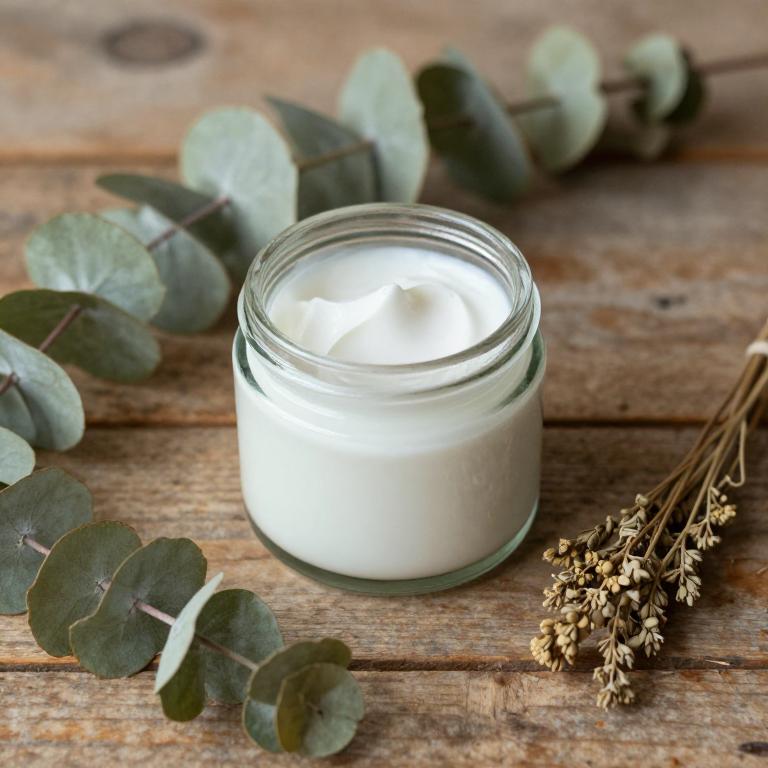
Eucalyptus globulus, commonly known as Australian tea tree oil, is often incorporated into herbal creams due to its antimicrobial and anti-inflammatory properties.
These creams are designed to provide relief from symptoms associated with ear infections by reducing inflammation and combating bacterial or fungal growth. While they are not a substitute for medical treatment, they can serve as a complementary therapy to ease discomfort and promote healing. The application of such creams should be done carefully, following proper dilution guidelines to avoid skin irritation.
Overall, eucalyptus globulus herbal creams may offer a natural alternative for managing mild ear infections, though consultation with a healthcare professional is recommended.
7. Chamomilla recutita
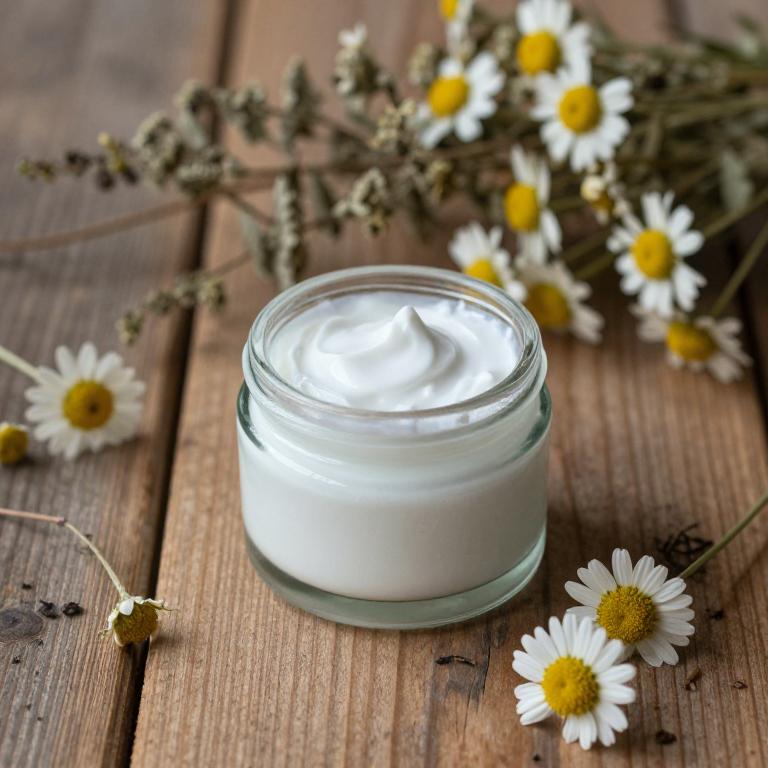
Chamomilla recutita, commonly known as German chamomile, is often used in herbal creams for its anti-inflammatory and antimicrobial properties, which can help alleviate symptoms of ear infections.
These creams typically contain a blend of chamomile extract, essential oils, and other natural ingredients that promote healing and reduce redness and swelling in the ear area. When applied externally, the soothing effects of chamomile may provide relief from discomfort and irritation associated with middle ear infections. However, it is important to consult a healthcare professional before using any herbal remedy, especially for children or individuals with sensitive skin.
While herbal creams can be a complementary treatment, they should not replace conventional medical care for persistent or severe ear infections.
8. Aloe barbadensis
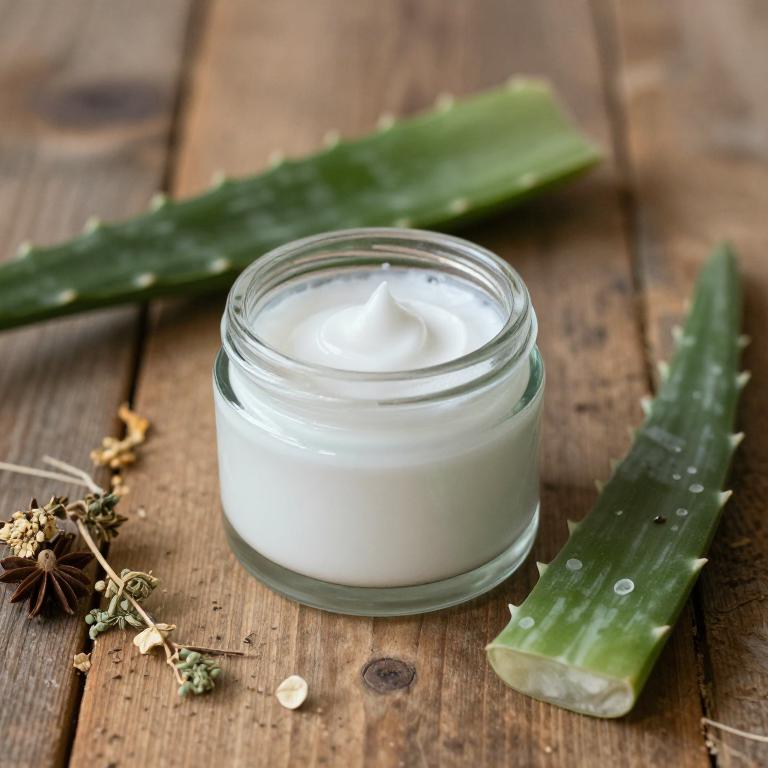
Aloe barbadensis, commonly known as aloe vera, has been traditionally used for its soothing and healing properties, and some herbal creams containing aloe vera are being explored for their potential benefits in treating ear infections.
These creams may help reduce inflammation and promote healing due to the anti-inflammatory and antimicrobial compounds found in aloe vera. However, it is important to note that while some preliminary studies suggest aloe vera may have a positive effect on skin and mucous membrane conditions, its effectiveness specifically for ear infections has not been widely proven in clinical trials. As a natural remedy, aloe-based creams should not replace prescribed treatments for ear infections, especially in severe or persistent cases.
Always consult a healthcare professional before using any herbal remedy for ear infections to ensure safety and appropriate care.
9. Rosmarinus officinalis
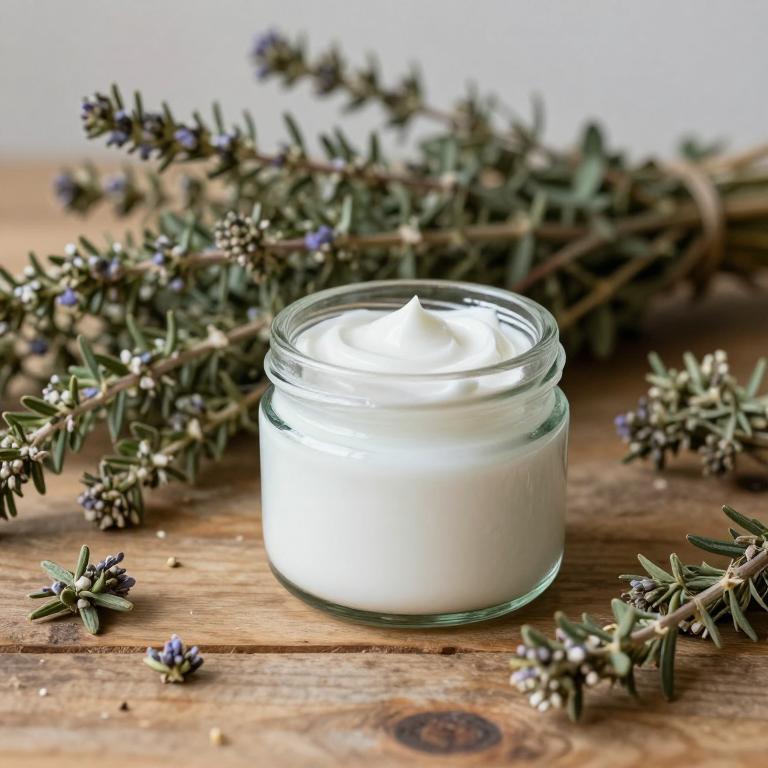
Rosmarinus officinalis, commonly known as rosemary, is a herb that has been traditionally used for its antimicrobial and anti-inflammatory properties.
When formulated into herbal creams, rosemary can provide a natural remedy for ear infections by helping to reduce inflammation and combat bacterial or fungal growth. These creams are often preferred by individuals seeking alternative or complementary treatments to conventional antibiotics. The essential oils in rosemary, such as camphor and pinene, contribute to their soothing and healing effects on the ear canal.
However, it is important to consult a healthcare professional before using rosemary creams, especially for severe or persistent ear infections.
10. Salvia officinalis
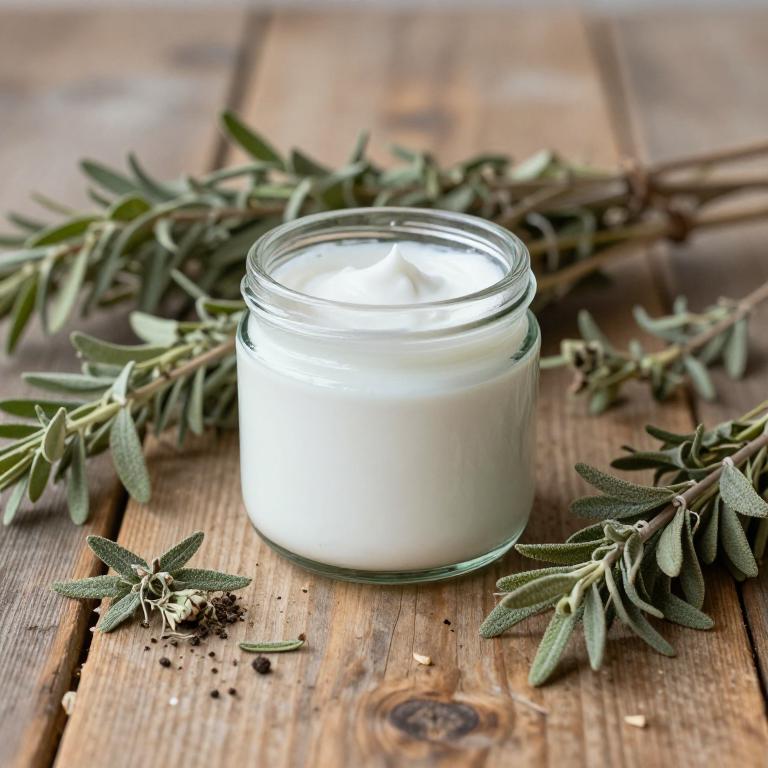
Salvia officinalis, commonly known as sage, has been traditionally used for its antimicrobial and anti-inflammatory properties, making it a potential ingredient in herbal creams for ear infections.
These creams often combine sage extract with other natural components like calendula or chamomile to enhance their soothing and healing effects. The essential oils in sage have been shown to inhibit the growth of bacteria and fungi, which are common causes of ear infections. When applied topically, sage-based creams may help reduce redness, swelling, and discomfort associated with outer ear infections, such as swimmer's ear.
However, it is important to consult a healthcare professional before using any herbal remedy, especially for more severe or persistent ear infections.